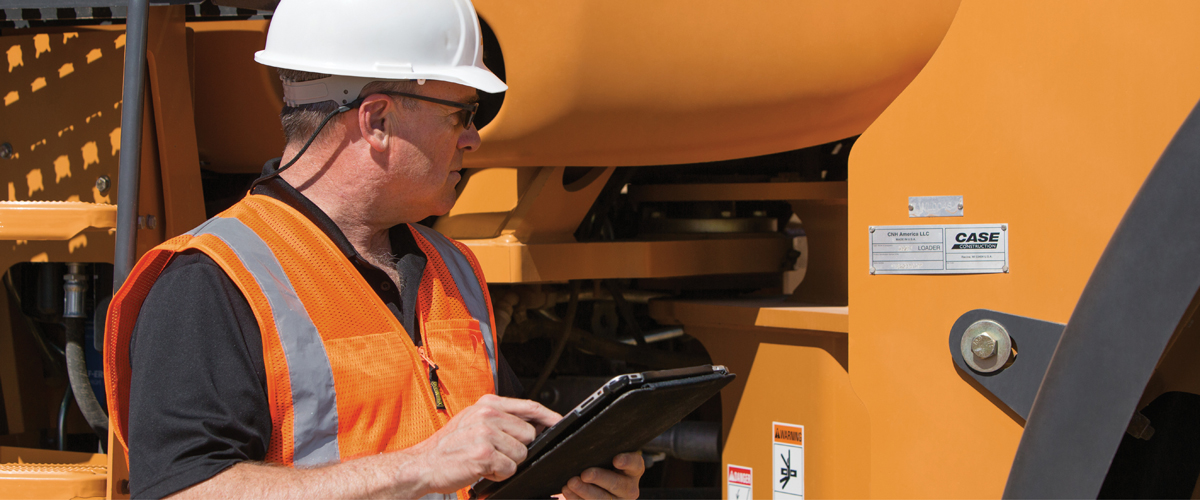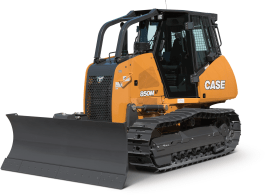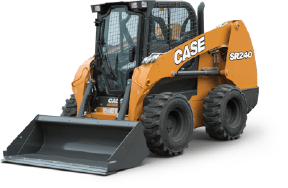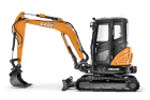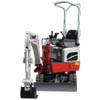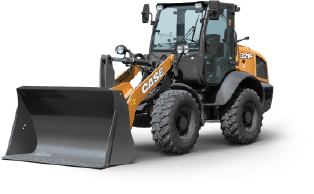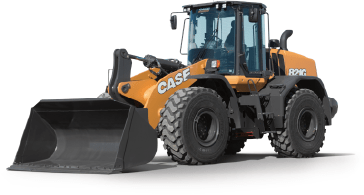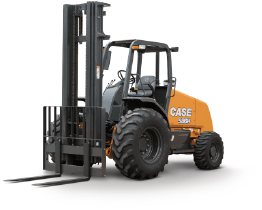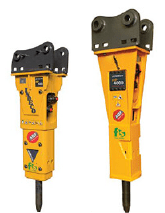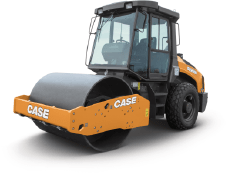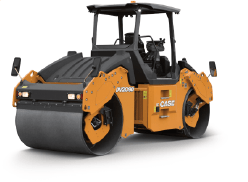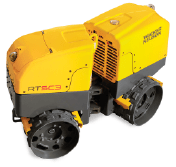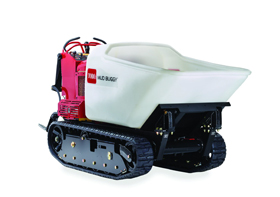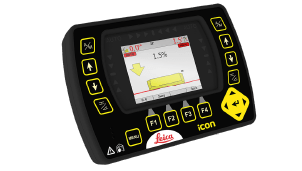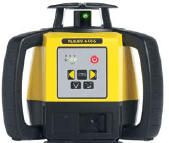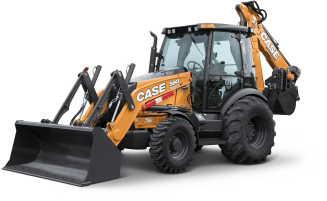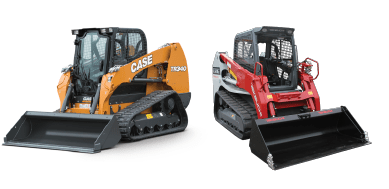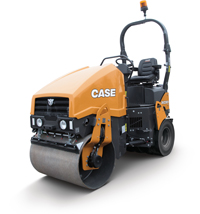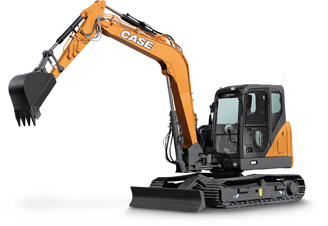An engine’s cooling system protects it from over heating and keeps it operating at optimal temperatures. If the cooling system is not maintained properly, it must work harder to prevent the engine from overheating. As a result, your machine will not operate as efficiently and internal components could be damaged. It is estimated that cooling system problems are responsible for 40% of all downtime.
Follow these maintenance tips to ensure optimal performance and reduce downtime.
Check Cooling Fans
The cooling fan is part of the cooling system and must be inspected regularly. Look for loose or damaged fan blades. Cracks or nicks in the fan blades can cause the fan to become out of balance and vibrate, which can destroy water pump bearings and other related components, eventually leading to total system failure. Also, inspect the fan for excessive debris buildup and clean regularly. The debris can cause the fan to disengage and blow a system fuse.
Clean Radiator and Coolers
It is very important to power wash the radiator and cooler every few days, especially during hot weather. Humidity and dust buildup will coat radiators, air coolers, and oil coolers. This buildup cuts down on airflow and heat transfer significantly. As a result, operating temperatures increase dramatically and cause the engine to overheat and, ultimately, shut down.
Analyze Coolant
Coolant that appears cloudy or has floating particulates could be an indication of corrosion, cavitation and rust. Regardless of coolant type, all coolants should be clear. Inspect the inside of the radiator for corrosion, and check the coolant for signs of rust or debris. Follow the manufacturer’s recommended drain intervals. At a minimum, coolant should be drained and flushed annually.
It is important to perform a coolant analysis because half of all water pump failures are caused by a concentration of antifreeze that is too high for the cooling system. Test the additive concentrations with a coolant analysis test by taking a sample and submitting it for analysis. The recommended interval for testing is 1,000 hours. Luby Equipment has sample kits available that are easy to use.
Replace Hoses & Clamps
Frequently check the condition of your coolant hoses & clamps. As the temperature rises in the cooling system, the hoses and clamps expand and contract at different rates. This expanding and contracting of the hoses and clamps, repeated over and over, causes the hose-to-neck seal to wear. Inspect all radiator and heater core hoses and lines for excessive softness or hardness, and check for cracks and leaks. Be sure all the connections are tight to avoid water leakage and hydraulic hose failures. Replace hoses every two years
Contact your local branch with cooling system questions or to discuss a preventive maintenance plan.






